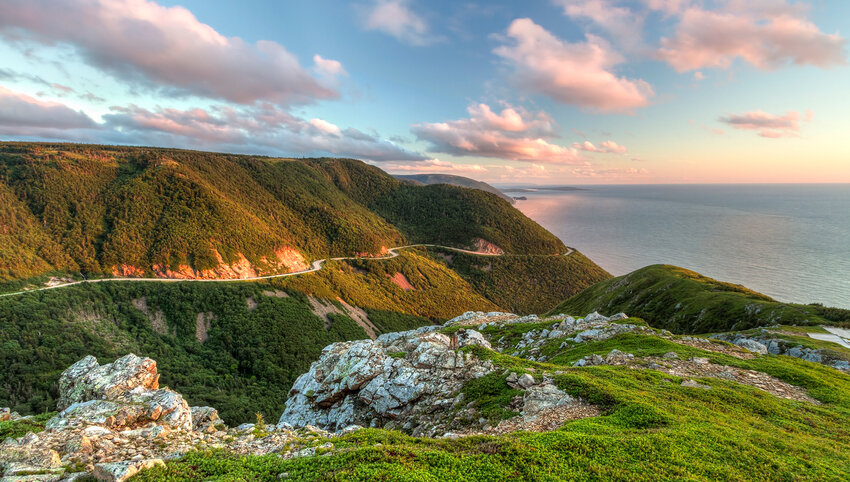Spanning approximately 130,000 square miles of stunning scenery throughout the country, Canada's national parks are as majestic as they are versatile. With 37 national parks and 10 national park reserves in total, these protected lands include lush forests, frozen tundra, and towering mountain peaks that are among Earth’s most beautiful natural wonders.
From province to province, these parks are bound to leave any visitor convinced that Canada is one of the most gorgeous places on the planet. With such variety at your disposal, it can be tricky to know where to start in the Great White North. Here are six of the best and most scenic Canadian national parks to get you started.
Banff National Park, Alberta
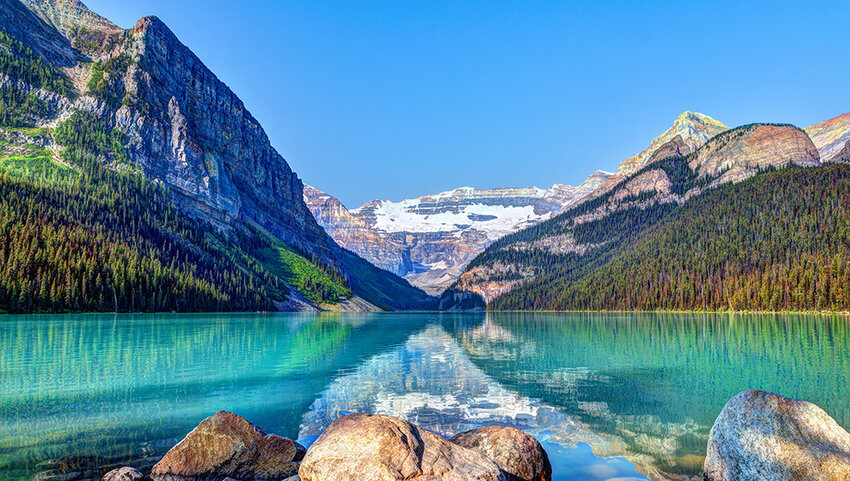
Banff National Park was founded in 1885 as a 10-square-mile tract of land known as the Banff Hot Springs Reserve. Two years later, the Rocky Mountains Park Act, 1887 formally established Banff as Canada’s first national park, and only the third in North America. Located less than 100 miles outside of Calgary, Banff has since expanded to include a whopping 2,564 square miles of glistening Canadian scenery, boasting incredible crags and vibrant glacial lakes. One of the park’s most popular sites is the glassy Lake Louise, a photo-worthy vista known for its crystalline turquoise waters that are supplied by glacial runoff. Moraine Lake is yet another must-see part of the park, with sparkling blue waters surrounded by towering peaks. In total, Banff is home to nearly 2,500 campsites, over 1,000 glaciers, and three exhilarating ski resorts, making this jewel of the Canadian Rockies among the nation's most desirable tourist destinations.
Pacific Rim National Park Reserve, British Columbia
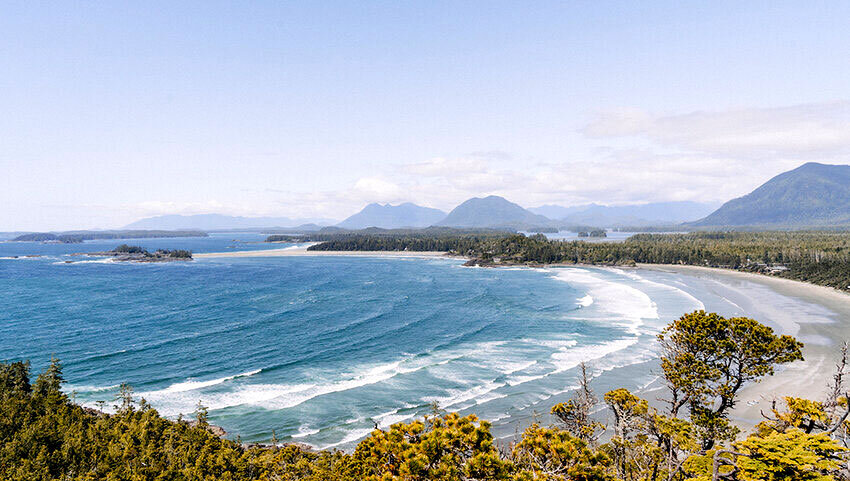
Located along Canada’s west coast, Pacific Rim National Park Reserve is a departure from the mountainous terrain that makes Banff so memorable. Instead, this oceanside reserve is a beach lover’s paradise, boasting endless sandy expanses along Vancouver Island. Though Pacific Rim is less than 200 square miles in area, the park’s rugged coastlines and temperate rainforests still pack a great deal of punch. Its proximity to the water also provides the opportunity for activities ranging from surfing to a relaxing kayak ride out into the Barkley Sound; you may even get to do some whale watching while you’re at it. For the avid hiker, no area of the park is more desirable than the West Coast Trail, a 47-mile-long backcountry expedition that puts even the most prolific of backpackers to the test. Those ambitious enough to set out on this stunning expedition trudge through mud and hip-deep waters, and climb over 100 ladders in the process, though it’s all worth it to experience the beauty of the park firsthand.
Cape Breton Highlands National Park, Nova Scotia
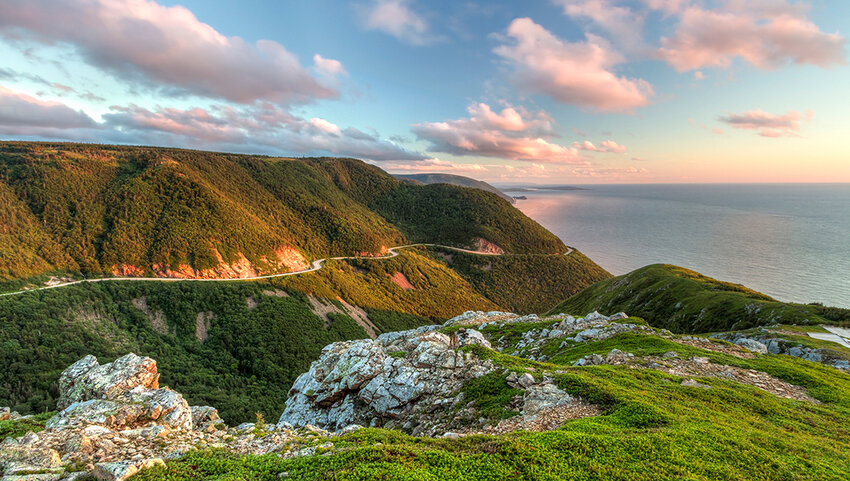
Cape Breton Highlands National Park is known for its lush greenery that seems almost storybook in nature. Located in the eastern province of Nova Scotia, the park offers stunning views of the Atlantic Ocean as far as the eye can see, making it one of the most scenic lookouts anywhere in the country. Though the park has 26 individual hiking trails for those who prefer to travel on foot, one of the best experiences is taking your vehicle along the Cabot Trail. This self-guided sightseeing tour winds past a wide variety of natural Cape Breton landmarks, from the rocky cliffs of La Bloc (a once thriving fishing village) to the 350-year-old maple trees of the Grand Anse Valley. But what’s really special are the many lookouts along the Cabot Trail. One such lookout is the Fishing Cove, a spot located 1,000 feet below MacKenzie Mountain where Scottish settlers used to fish local waters. Another is the Highland Plateau, where you can gaze out upon flat-topped mountains that make up 90% of the total park surface.
Gros Morne National Park, Newfoundland
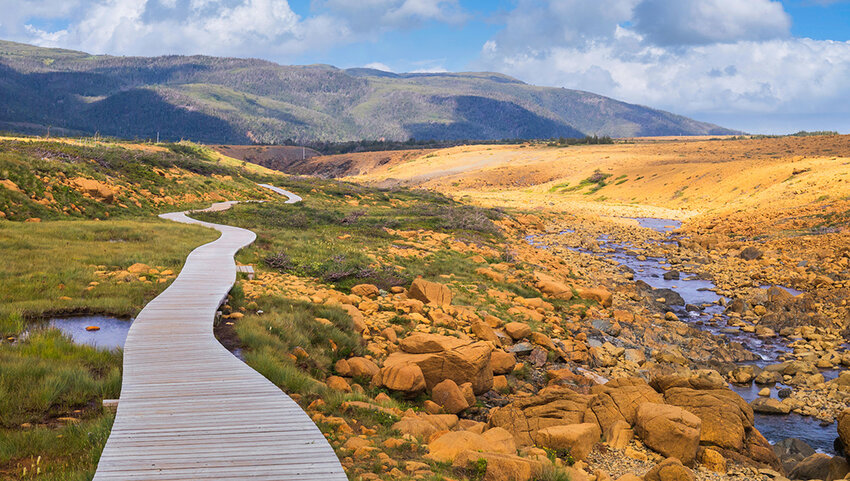
Newfoundland’s Gros Morne National Park is known for its incredibly diverse terrain covering nearly 700 square miles of land. The Tablelands, in particular, are a must-see; this rocky expanse was pushed up to the surface from the Earth’s mantle hundreds of millions of years ago, thus exposing the barren, orange-colored landscape. But it’s not just these rocks that make Gros Morne so special. Nearby, a river winds through the Long Range Mountains, connecting with the Western Brook Pond and creating an ethereal experience. It’s here that visitors can take a boat out on the waters, winding through glacial-cut fjords and passing by 2000-foot-tall waterfalls. Visitors should expect precipitation when visiting Gros Morne, as it falls every two days on average. But while rain and fog are considered a nuisance by some, the weather only adds to the prehistoric feel of this incredible national park.
Kluane National Park and Reserve, Yukon Territory
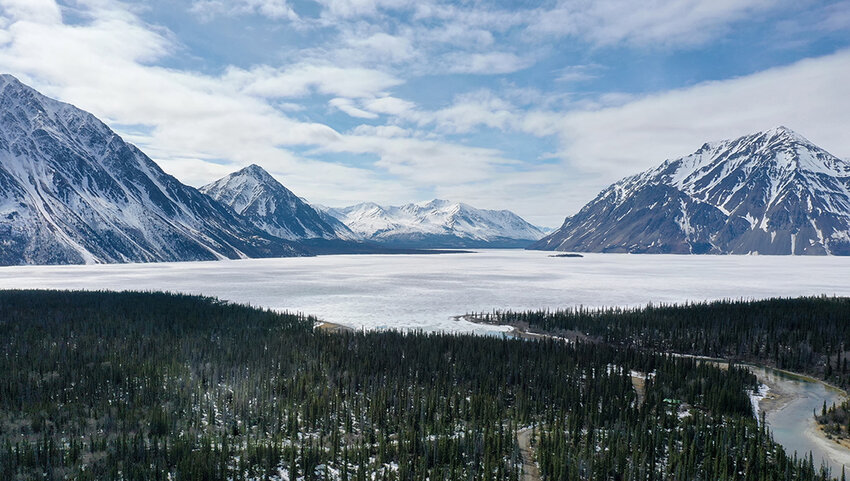
Canada is known for its cold and snowy landscapes, especially in its northernmost reaches, and there are few better places to enjoy those icy expanses than at Kluane National Park and Reserve. Located just east of Alaska, this park captures the beauty of Canada’s northern lands while also helping to preserve the culture of the indigenous Southern Tutchone peoples. This protected haven not only contains some of the biggest non-polar icefields anywhere in the world, but also 17 of Canada’s 20 tallest mountains — including the country’s highest peak, Mount Logan, which ascends 19,551 feet into the air. With bears and Dall sheep roaming throughout the park grounds, Kluane attracts animal lovers as well as nature lovers. Finally, no trip to Kluane is complete without a stop at Kathleen Lake — Mät’àtäna Män, in the local dialect — which offers a serene escape for boaters who venture out upon its pristine waters.
Mingan Archipelago National Park Reserve, Quebec
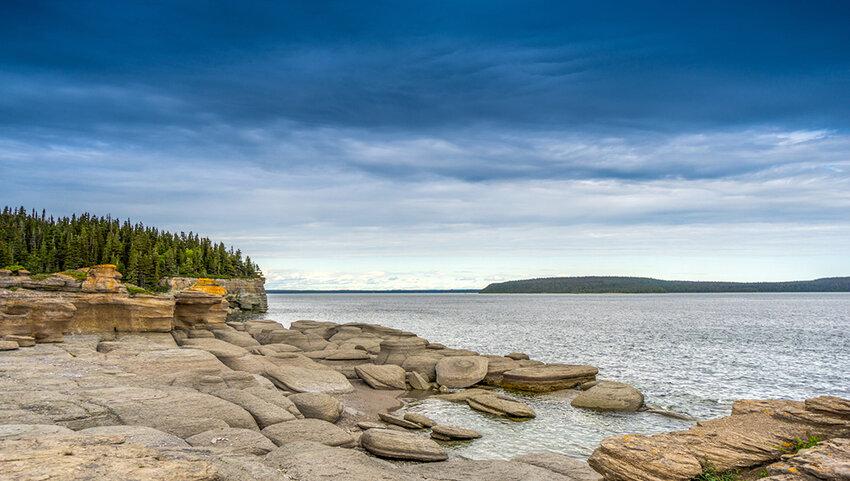
Located north of Montreal, Quebec’s Mingan Archipelago National Park Reserve is as far from city life as you can get. This park is uniquely defined by its collection of incredible rock formations, the largest concentration of such monoliths in Canada. These naturally-formed limestone sculptures were created due to millennia of erosion from crashing waves and other natural factors. Encompassing a total area of 24,711 acres and spanning around 40 individual islands, this archipelagic park provides a look at how our planet has geologically developed over time. Take a stroll along the waters of the Gulf of St. Lawrence and wind through the park’s many monoliths to see for yourself.

